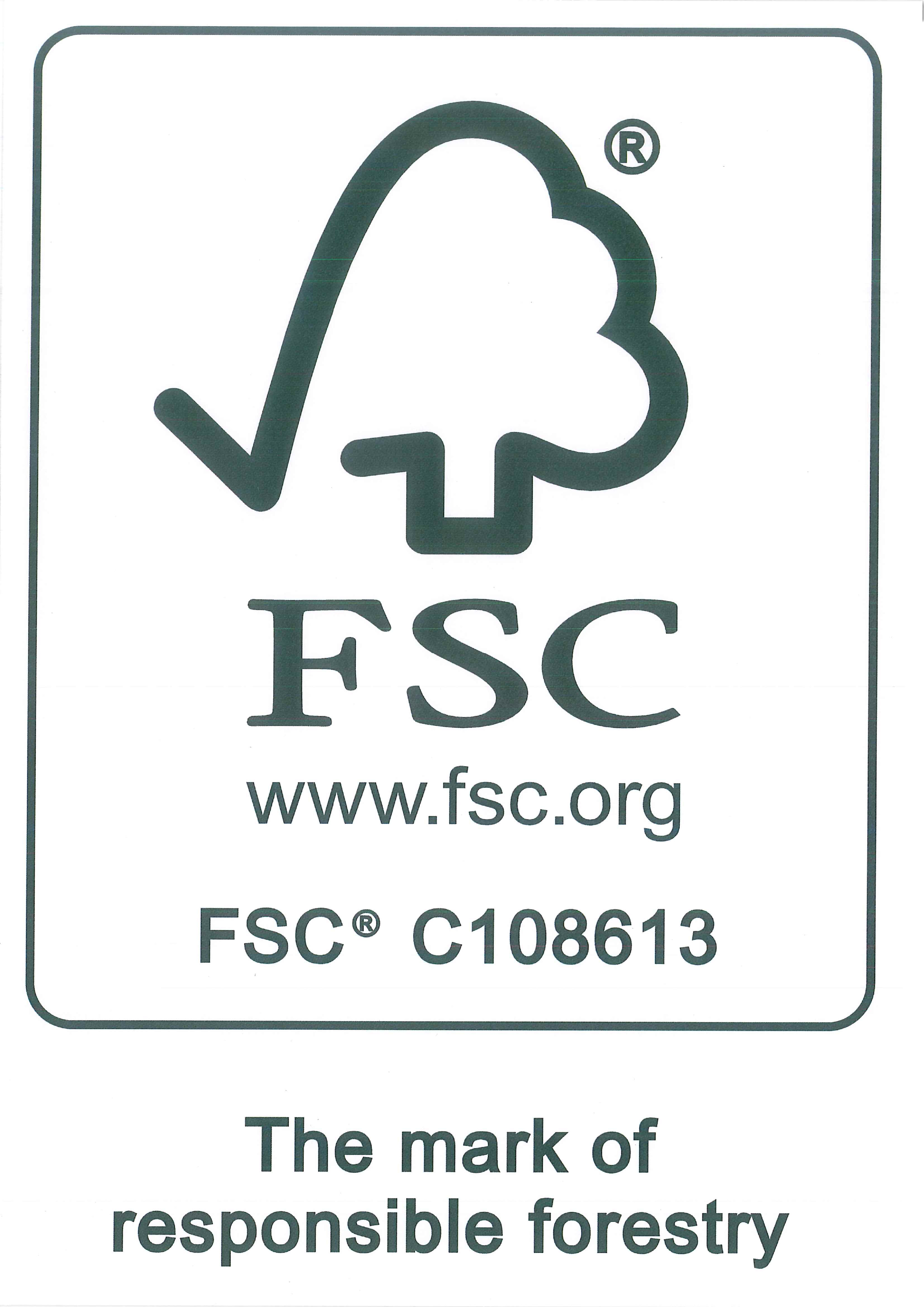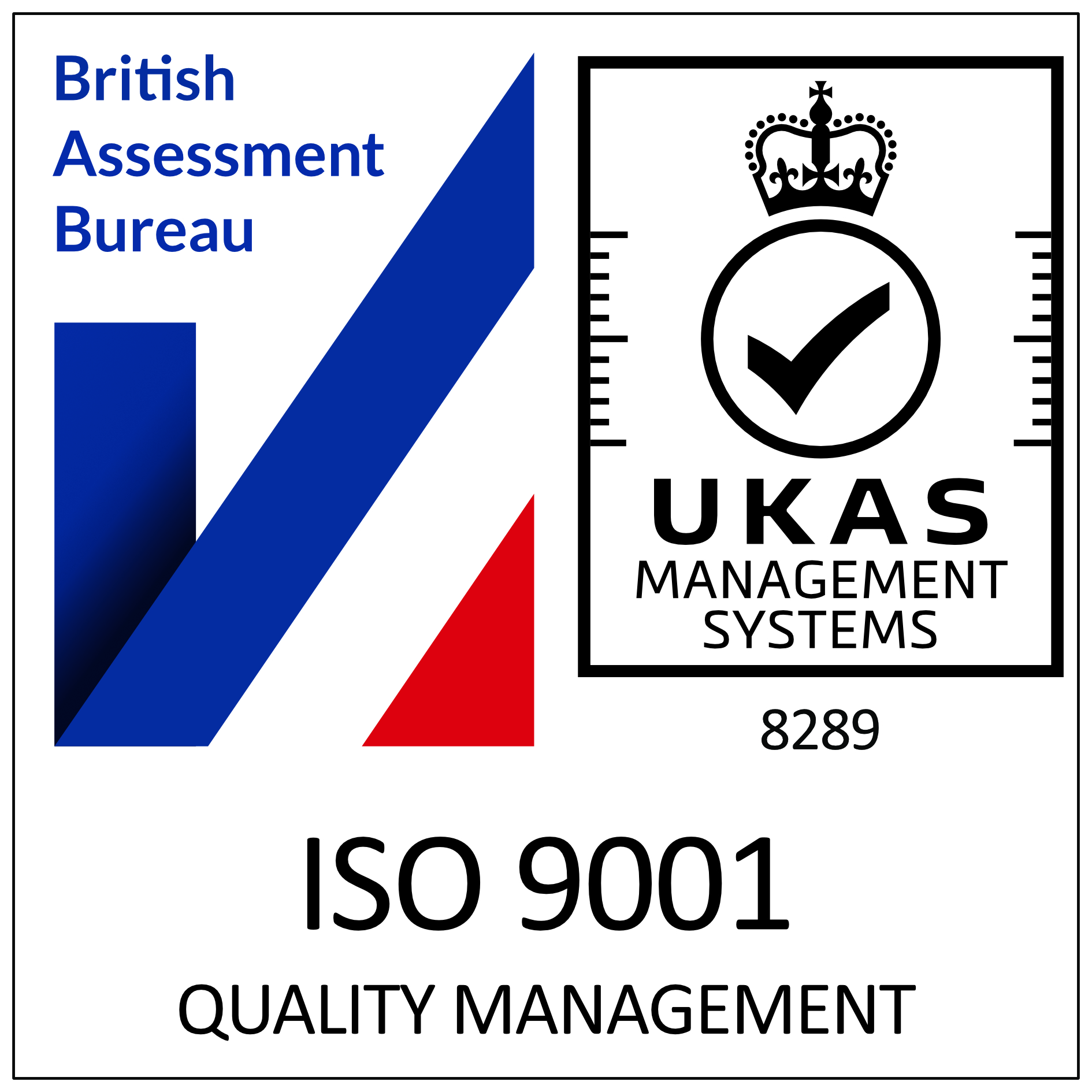Which Areas Of A School Need Fire Doors
Every school and educational establishment has a responsibility with regards to the health and safety of all the pupils and staff working within these buildings, with fire safety being at the forefront of those considerations. The Fire Safety Order (FSO) 2005 lays out the legal and mandatory actions, facilities and fire safety aspects that MUST be present in all schools, along with the roles and responsibilities of the teachers, support staff, school management, building maintenance staff and even the pupils.
The FSO states very clear guidelines to govern this safety issue and full fire risk assessments and codes of practice with which all schools must adhere. A major feature of these fire safety measures are the installation and maintenance of the correct rated fire doors – here is information about the fire doors and the areas in which they must be installed:
School Fire Doors
Fire doors play a vital role in the safety of all occupants and users of the school buildings – they offer the defence against fire, heat, and the potentially fatal smoke and toxic fumes that are created in a fire outbreak. In normal everyday practice and usage, a fire door is simply a way of passage from one room or area to another, but in the event of a fire outbreak, then fire doors take on a more important primary function which is to protect lives and the property itself!
The main function of a fire door in these circumstances is to ‘compartmentalise’ the areas, that is to contain all these harmful aspects of fire in the area in which the fire outbreak has occurred and to not let it spread to any adjoining areas or rooms!
All fire doors in a school will have been manufactured and tested to specific fire safety ratings – an FD30 fire door will contain all those fire elements for a minimum of 30 minutes, an FD60 fire door offers the same containment and protection for 60 minutes, an FD90 fire door for 90 minutes, and so on. All school fire doors should have strong cores, appropriate hinges and be fitted with the relevant tested and approved door furniture.
Finger safe doors (doors fitted with approved finger guard protectors) are recommended within schools to avoid children accidentally trapping and injuring hands, and all fire doors should have ‘hold open’ devices fitted in the busy traffic areas.
Laminated door finishes are preferable to veneer, as they are more resistant and will better withstand the heavy usage. Many areas of the school will have both single and double fire doors to provide the higher level of containment and fire safety protection – some of these areas are explained below.
Identified Escape Routes
All schools will have undergone a mandatory fire risk assessment of all areas within the school buildings, and any identified escape route to be used in the event of a fire emergency that has been established and recorded during the assessment, should be protected by appropriate fire doors!
Staircases
There are not many schools that don’t have stairways, and these are vulnerable areas in the event of a fire outbreak – any staircases within the buildings must be accessed through relevant fire safety doors to stop any heat, flame, or smoke from spreading to any floors other than where the initial fire outbreak has occurred.
Long Corridors
School fire doors should be installed in long corridors within the school buildings to break up the extended spaces to help restrict all fire elements in the instance of a fire outbreak. Any corridor distance of 30 metres or over should be separated by self-closing, smoke-stopping fire doors. As these corridors regularly accommodate high numbers of footfall and usage, they tend to be wide passages – this should also be taken into consideration, so double fire doors are recommended in these areas.
Higher Fire Risk Rooms And Areas
The rooms that are likely to need the higher-rated fire doors (FD60 and above) are those used for certain ‘higher-risk’ functions within a school environment – science and technology laboratories, boiler or plant rooms, kitchens and canteens, electrical intake rooms, and storage rooms or areas where chemicals, fuels, or flammable items such as PE mats and sports equipment are stored.
School Fire Door Maintenance
All areas of a school building are subject to rigorous use and heavy ‘traffic’ on a regular basis, so general wear and tear is an important factor. This heavy use necessitates school fire doors to be regularly checked – at least every six months – for damage and increased wear, ensuring there are no gaps between door and frame, or damaged seals or hinges. If any faults, damage, or reduced efficiency is discovered, then remedial work – or replacement – must be carried out immediately by an identified competent person.
The earlier referenced Regulatory Reform (Fire Safety) Order 2005, providing the government guidance for all fire safety, was revised with the Fire Safety Act 2021 – all schools should have an identified and designated ‘responsible’ or ‘competent’ person’ that should regularly review the fire safety regulations and be knowledgeable in checking the fire doors and other fire safety elements.









